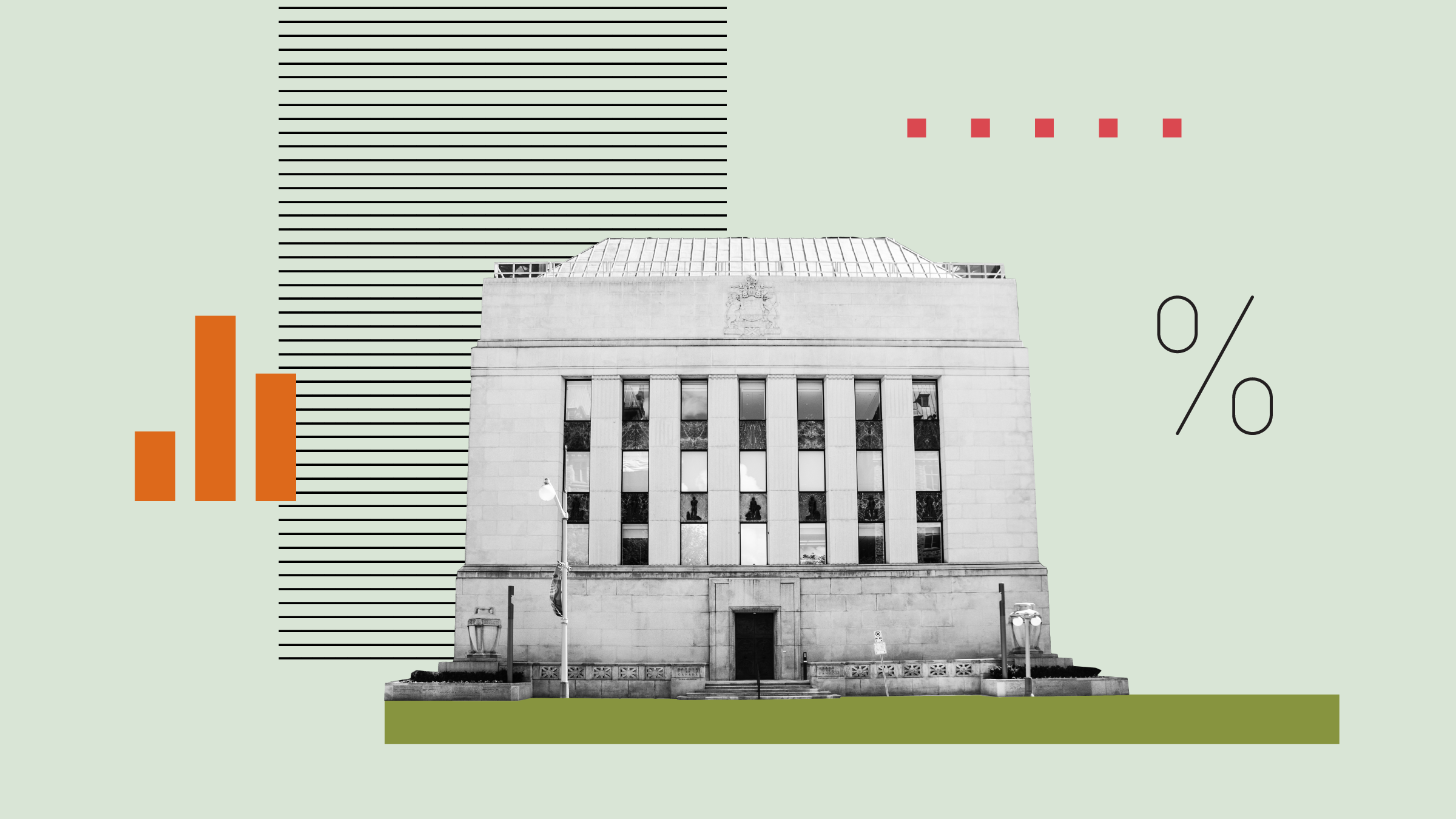By the time August rolls around, parents turn their attention to school-year planning and, if you have a first-year university-bound student at home, it will be a busy month! Tuition, for one, is due as early as Aug. 1st at some institutions. First installments for residence and meal plans is a sizeable payment, and depending on the university, can be due as early as the end of July.
This means that if you are planning to use all or part of your child's RESP to make these payments, you need to get your withdrawal underway, or you could be out of pocket for up to $15,000 or more.
Some people may tell you it is easy to withdraw funds from an RESP, but without the right documentation, it can be a frustrating and costly exercise. The following is a step-by-step guide for RESP withdrawal.
Step one is to contact your bank or RESP provider to determine what documentation will be required to make the withdrawal. Generally, this documentation includes proof of enrollment at the university or post-secondary program. The banks are strict on what constitutes an official letter or proof! A screen shot of course enrollment will not be sufficient. The most common approach is to use the Verification of Enrollment form. The form includes the student's name, address and student ID number, program of study (faculty, major, degree type and program length), country of academic institute, current academic session, academic year and more.
By now, you should have checked to ensure the post-secondary program qualifies for RESP payment. If not, review the guidelines here.
Contact the university or college office of the registrar to obtain the enrollment form. This form may be requested in-person or, in some cases, online. If it's offered online, students can sign-in and download the electronic form, although there will usually be a fee. If the form is requested in person or through the mail, it will require a minimum of three to five days for processing and will be signed by a designated official and with an institution stamp. In most cases, the office of the registrar will expect course selection to be completed before providing the Verification of Enrollment form. A fee of $10 or $15 should be expected, and if the school is out of town or you cannot return for pick-up, there is usually a courier or fax fee that can range from $10 to $25.
Create a checklist of what you will require, including RESP account number, Verification of Enrollment form, student identification and account number(s) for the deposits. It is important to note that you will not need receipts for tuition, residence, meal plans or textbooks, but it may be helpful to bring along the budget or estimate for those expenses, as your investment representative can help you determine the timing of each withdrawal.
There are two components to every RESP portfolio: the contributions made by the subscriber and the earned portion of the portfolio. The latter includes the government's contribution as well as interest earned, dividend payments and so on. Both components are held in the same account, and the statement provided by the bank or RESP provider will clearly identify the two components of the account.
It may be useful to withdraw the earned portion (also known as Educational Assistance Payments, or EAPs) first as it has several restrictions associated with it. The EAP must be transferred directly into the student's bank account, is taxable to the student and is limited to a $5,000 withdrawal in the first 13 weeks of the school program. The contribution portion has no restrictions and is deposited in the subscriber or parent's account.
If you plan to meet with the bank or your RESP service provider, be sure to make an appointment. It is unlikely the investment professional at the bank will be able to take you as a walk-in. If you plan to do the withdrawal online, either the parent or the beneficiary (student) can complete the transaction.
Once the first withdrawal is complete, you may wish to take advantage of the installment payments offered by most post-secondary institutions. This would allow a second withdrawal around November (after 13 weeks) that can be used to pay the second installments for tuition or residence in January. This will allow you to gain more interest on the portion that remains in the RESP, but note that some programs charge a fee for paying in installments. Check with the university or college to determine the fee and then compare this with what you expect to earn from the RESP.
Online payments through your financial institution's website can be made for most universities and colleges. It generally takes two to three days for online banking payments to complete, so the timing of this step is important too.
Overall, the RESP withdrawal process should go smoothly as long as you are well prepared. Check the deadlines for tuition and residence payments and ensure that you begin the process no later than one or two weeks in advance.















